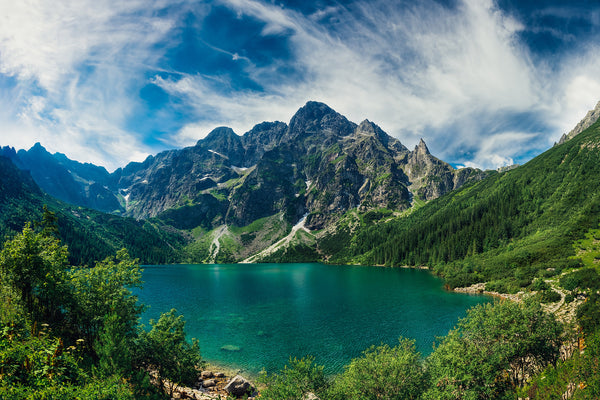Restoring healthy forest habitat and ecosystem services is essential to helping endangered species.
According to the IPBES Global Assessment, an estimated 1 million species are threatened with extinction. This can be attributed to a range of factors, including the loss of ecosystem services when land is degraded, increasing climate change impacts such as fires, floods, and droughts, growing prevalence of disease and infestations, hunting, and more. Although there are many actions we can take to help protect endangered species, restoring healthy forest habitat and ecosystem services is an essential piece of the puzzle.
Trees provide food sources such as nuts, fruit, and leaves. They can also provide cover for predators to hunt or capture their prey. Many animals also use trees to rest, and to build nests to incubate and raise their young. Animals can seek shade and shelter when they need it, and still have access to food sources.
Even after a tree has sustained damage or is dead (otherwise known as a snag), wildlife use them for nests, nurseries, caching of food, foraging, roosting, and more. Decaying logs on the forest floor help retain moisture and nutrients that support soil organisms such as earthworms and beetles. Logs also serve as ground cover, which helps to reduce soil erosion and help prevent overgrazing by herbivores.
From Mexico to the Philippines, many of our reforestation projects benefit threatened and endangered species who have been impacted by decreased habitat range, a changing climate, reduced food sources, and more. When you walk through a forest, remember that in addition to the many services they provide and we depend upon, forests are complex, layered ecosystems where a stunning breadth of species live and conduct the daily activities necessary for survival. Here are just a few of our projects that benefited threatened or endangered species:
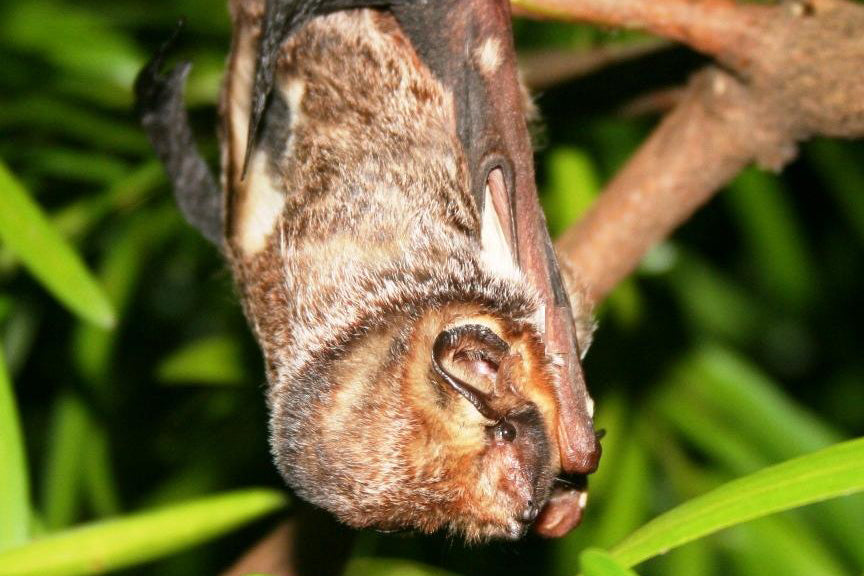
1. Supporting Habitat Recovery for the Hawaiian Hoary Bat in Hawaii
The Hawaiian Hoary Bat, or ‘Ōpe‘ape‘a, is the only remaining native land mammal in Hawaiʻi and is currently listed as endangered. ‘Ōpe‘ape‘a in Hawaiian means “half-leaf”, a reference to the resemblance of its wing to a taro leaf. First landing on the island around 10,000 years ago, the hoary bat had to travel approximately 2,000 miles to reach its remote shores. These nocturnal creatures roost in trees, leaving around sunset to forage on moths and other insects. Threats to this endangered species include destruction of habitat, and collisions with wind turbines, barbed wire fences, and other structures.
Our multi-year Mauna Kea project in Hawaii involves planting trees to help support forest recovery and reduce the risk of wildfire and colonization by invasive species. As the trees grow, they will form recovery habitat for a range of endangered species, including birds, plants, invertebrates, and the Hawaiian Hoary Bat. Although a full recovery will be decades in the making, planting trees here is a vital part of the ongoing restoration work.
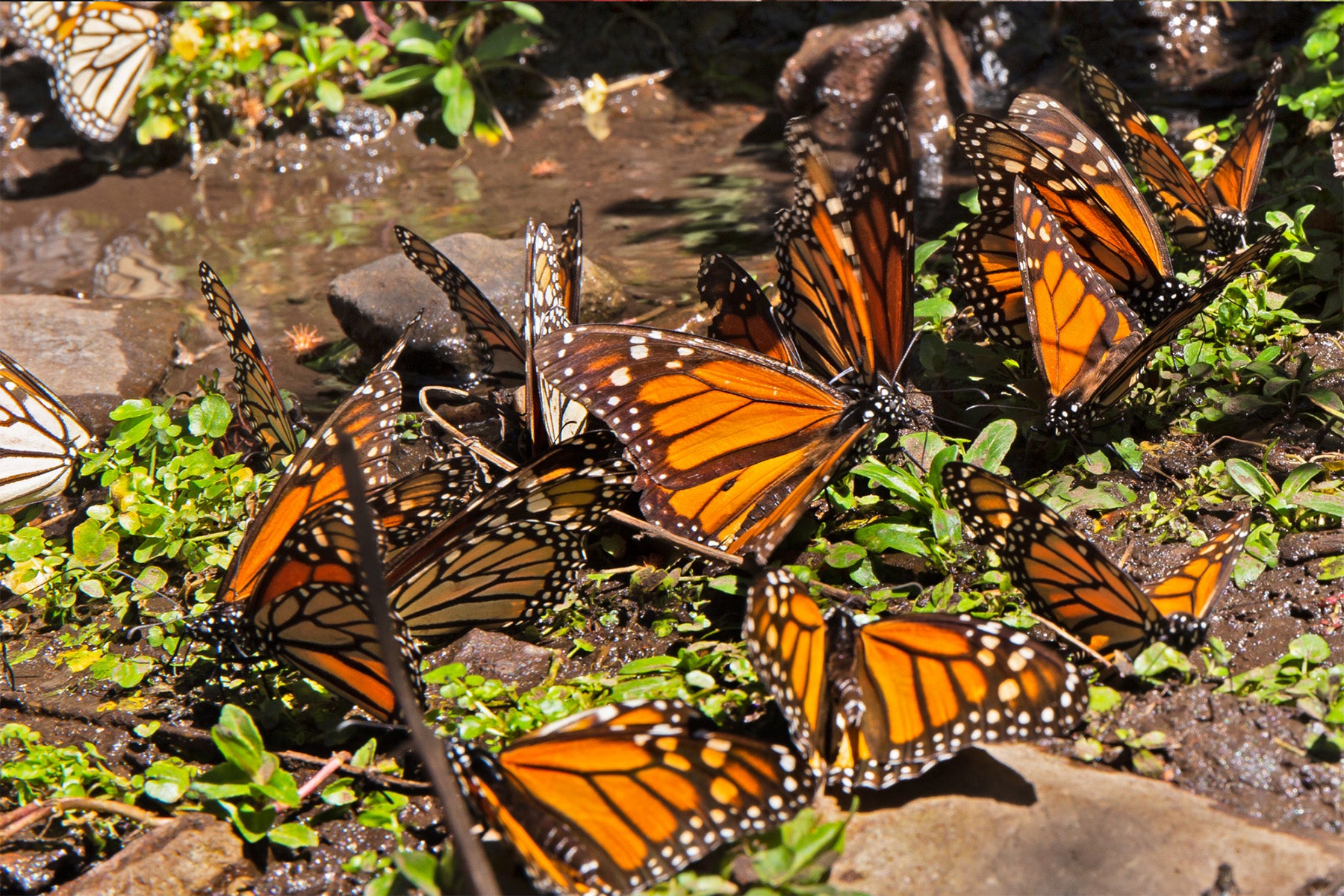
2. Restoring Vital Nesting Grounds for the Eastern Migratory Monarch in Mexico
Monarch butterflies are prolific pollinators and critical to the health of our planet. While feeding on the nectar that comprises their diet, they pollinate many types of wildflowers — providing an invaluable ecological service to forests and farmlands across their range. They also provide an important food source for birds, small animals and other insects.
Unfortunately, monarch populations have been dwindling due to the loss of milkweed and nectar plants, deforestation and degradation of their overwintering grounds in California and Mexico, pesticide use, and climate change impacts such as out-of-season storms, severe temperature drops and heavy rainfall. All of these factors have combined to create a sharp decline, particularly in the past 20 years, that has resulted in the at-risk classification of this species.
Through multiple projects taking place in and around the Monarch Butterfly Biosphere Reserve in Mexico, we are working to restore the vital nesting grounds of Eastern Migratory Monarch butterflies. These projects are planting Oyamel pine and other native species to convert deforested farmland back to native forest, restore areas that were clearcut for timber or lost in forest fires, reduce pressure on the remaining forest habitat, and restore the monarch’s vital resting places.
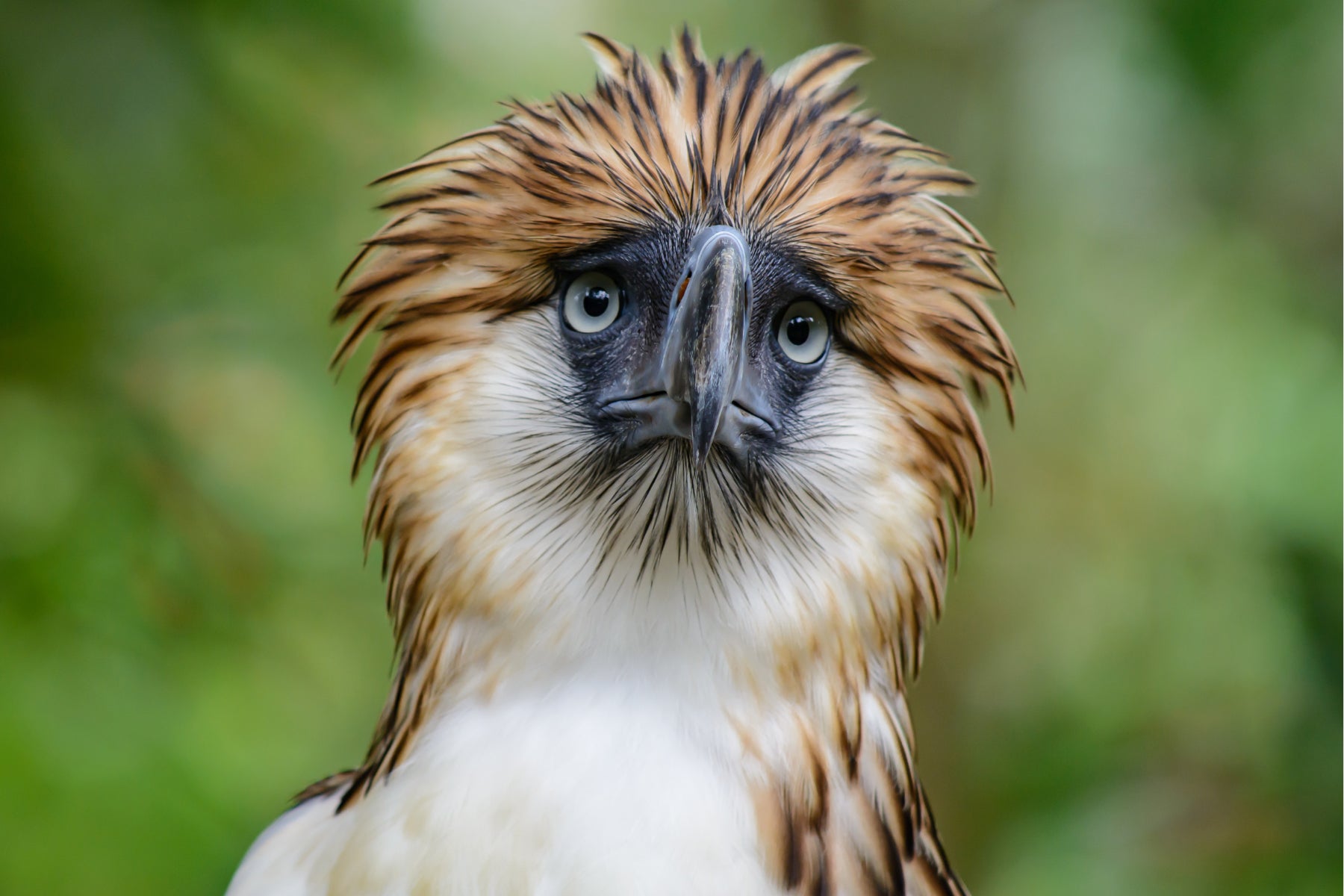
3. Restoring Habitat for the Philippine Eagle in the Philippines
one of the largest and most powerful among forest raptors, the Philippine eagle is one of the rarest eagles in the world. Today, it can only be seen on 4 islands in the Philippines: Luzon, Samar, Leyte, and Mindanao.
With an estimated 400 pairs left in the wild, the eagle is listed as critically endangered by the International Union for Conservation of Nature (IUCN) Each Philippine eagle pair requires around 4,000-11,000 hectares of forest land to thrive in the wild, depending on availability of food and other factors.
Our Mount Matutum project in the Philippines is planting a range of native tree species to restore deforested land into rainforest within the Mt. Matutum Protected Landscape. This work will create critical habitat for many endangered species including the Philippine tarsier and Philippine eagle.
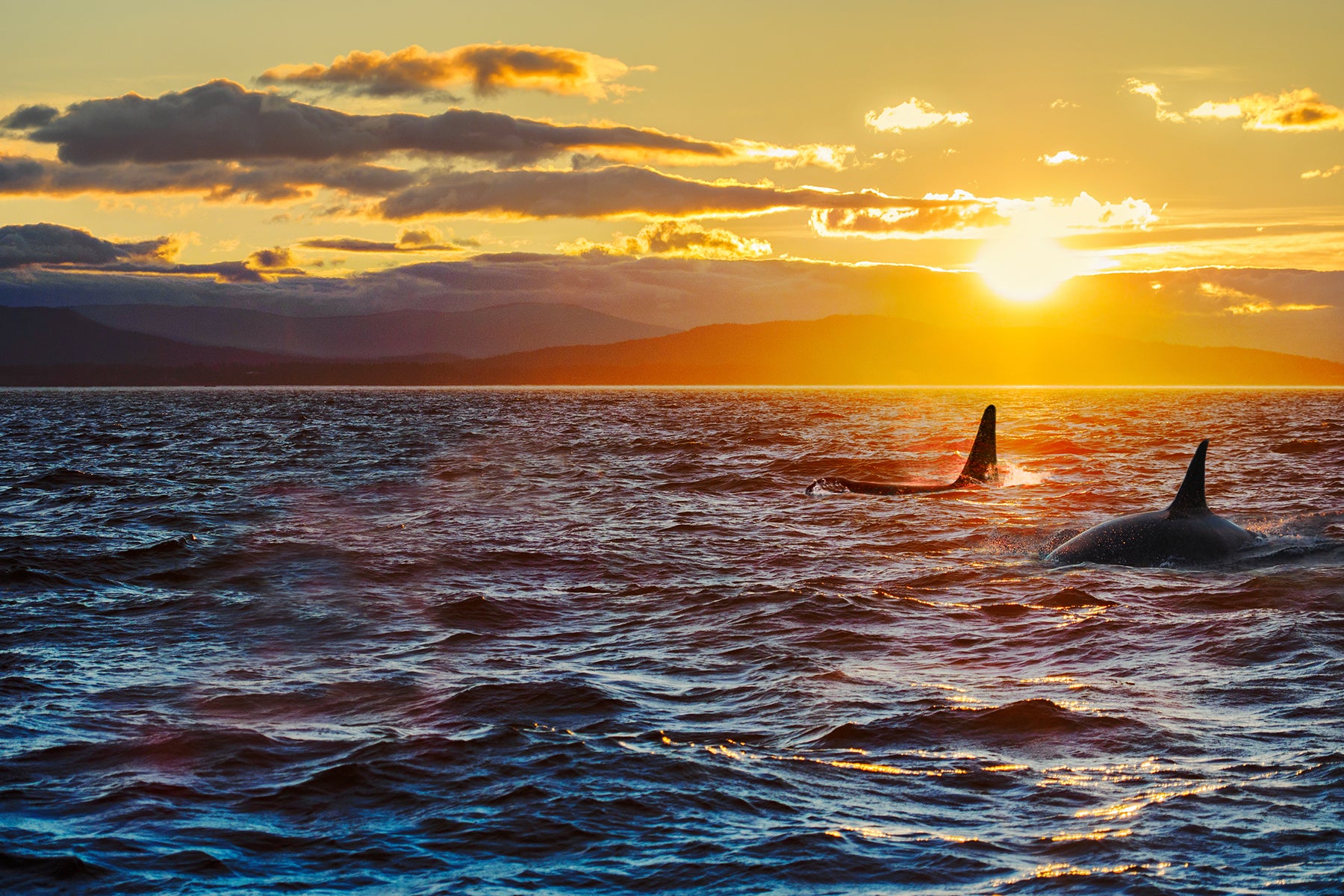
4. Restoring Watersheds in Oregon to Benefit the Southern Resident Orca Whale downstream
The Southern Resident Orca population was listed as endangered in 2005 under the Endangered Species Act and are considered depleted under the Marine Mammal Protection Act. The factors causing the decline of Southern Residents are complicated, and are likely to continue until we learn more about what needs to be done to reverse this trend. Scientists have identified the three main causes of decline, which are: reduced quantity and quality of prey, persistent organic pollutants that cause immune or reproductive system dysfunction, and noise and disturbance from ships.
The Endangered Southern Resident Orca have called the stretch of Pacific Ocean from Northern California to British Columbia home for millennia. Every year, as the Orca’s migrate North to South and back again they rely on the West Coast Chinook salmon for food (nearly 80% of their diet). However, salmon stocks are diminishing due to loss of habitat and increasing pollution – ultimately impacting the orca downstream. Our multi-year orca project is planting trees along rivers and streams of the Pacific Northwest to restore water quality and therefore improve the health and quantity of salmon for the orca to eat!
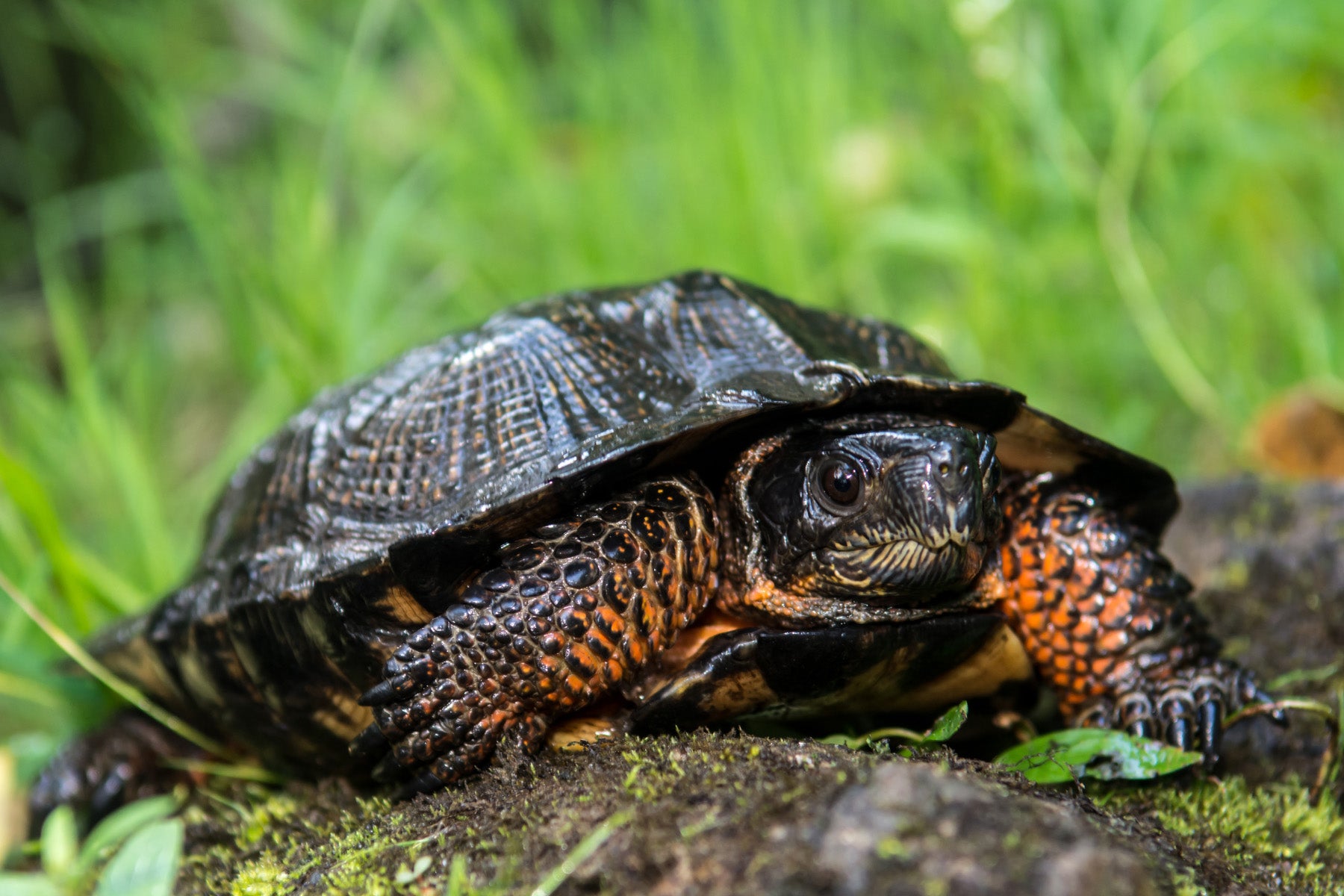
5. Restoring Foraging grounds for the Wood Turtle in Nova Scotia
The wood turtle once ranged widely across eastern landscapes that are characterized by meandering cobble-bottom streams and their surrounding fields and forests. Living both on land and in water, it is vulnerable to the loss of both types of habitat. This medium-sized turtle species has one very unique behavior: the worm stomp.
This involves stomping their feet and shell on the ground to imitate falling rain or the movement of moles, tricking worms into coming to the surface where they can be eaten.
In addition to habit loss and fragmentation, wood turtles face threats from agricultural machinery, invasive plants in nesting habitat, road-crossing mortality, degraded water quality, disease, and illegal collection for the black market pet trade. These threats have resulted in the wood turtle’s designation as Endangered by the IUCN.
In Nova Scotia, we are working to restore an area that was cleared in the past and has been used as a corn field for nearly 90 years. Located in critical Wood Turtle habitat along Nova Scotia’s St. Mary’s River, the field is edged on two sides by the river and a brook, as well as a mixed wood forest. The goal of this project is to reforest the cornfield using a range of native tree species, including Red Maple, Silver Maple, Red Oak, and others. In time, the field will regrow as a forest and provide vital habitat for the wood turtle once again.
Many of our projects benefit threatened and endangered species and biodiversity by restoring their habitats. You can help make an impact by donating to plant a tree for biodiversity.
